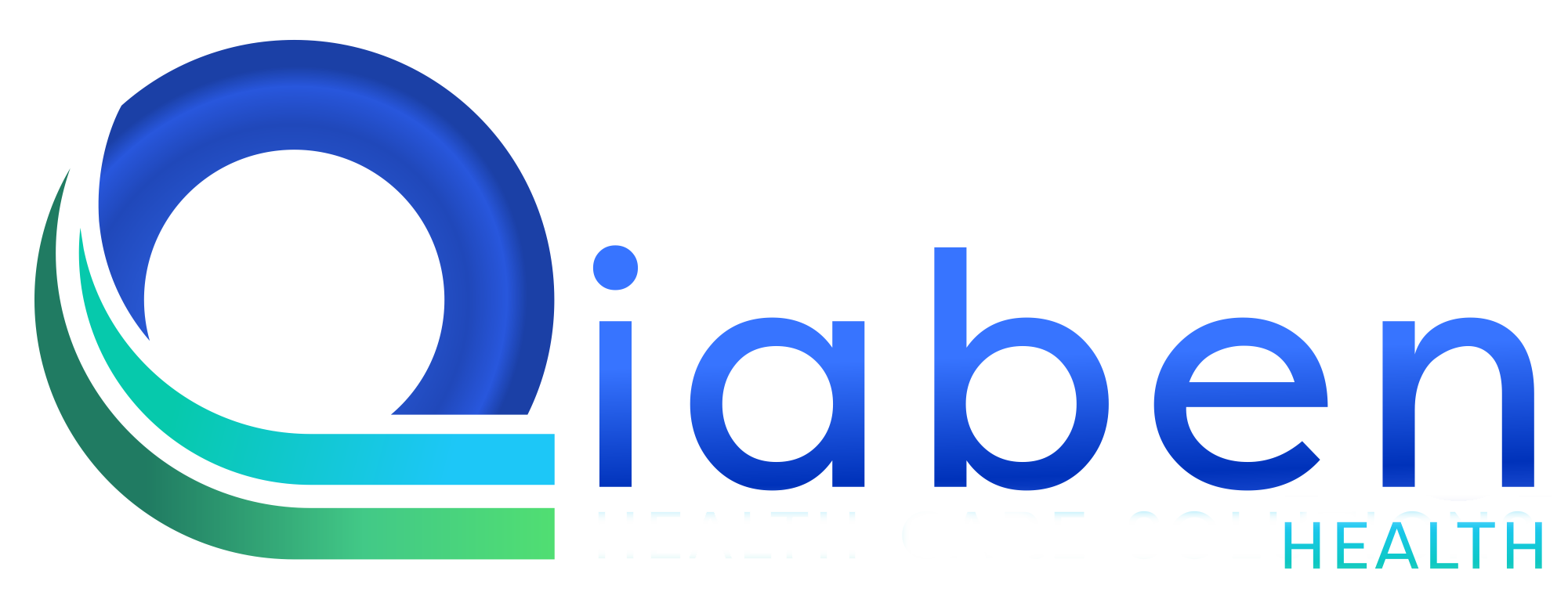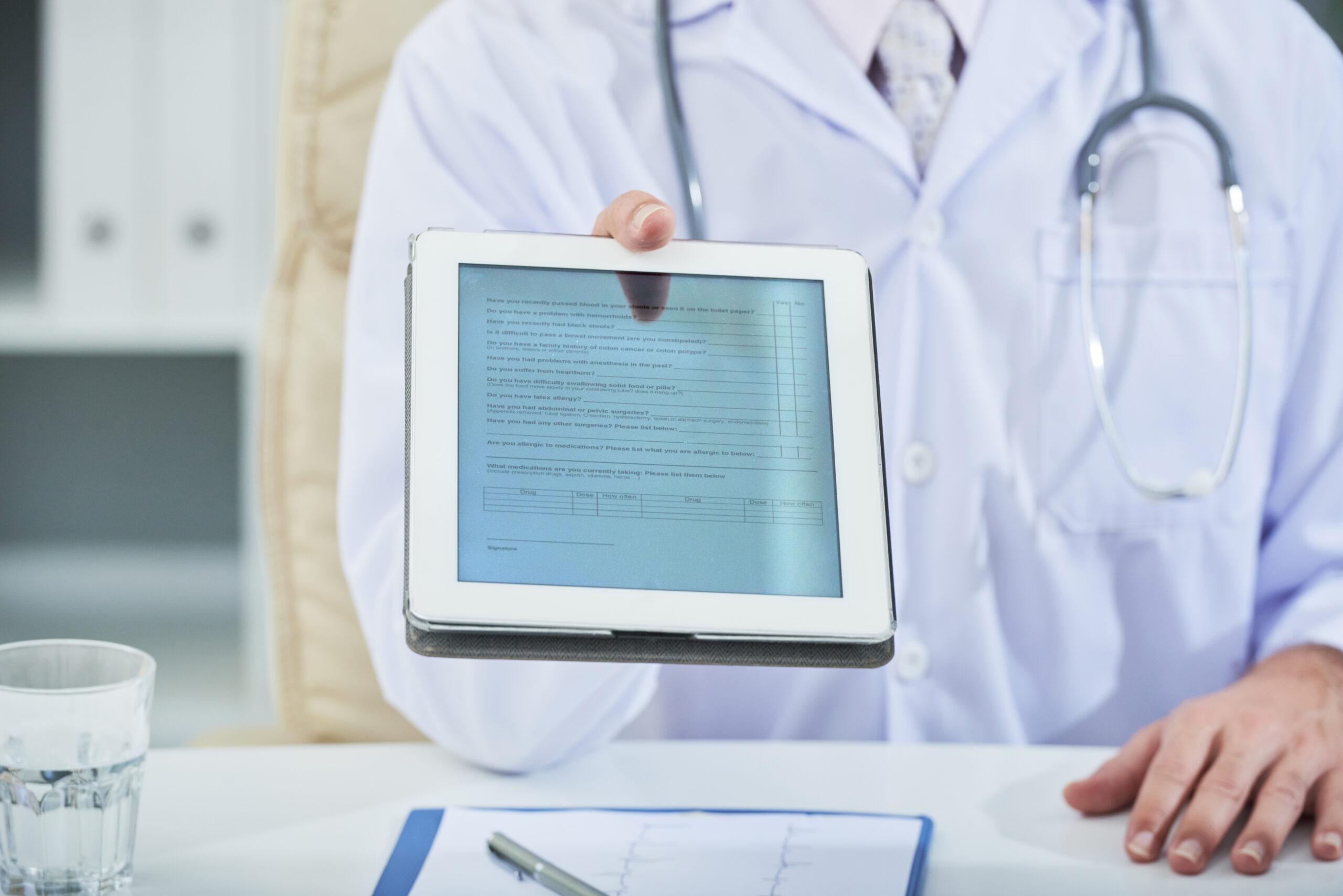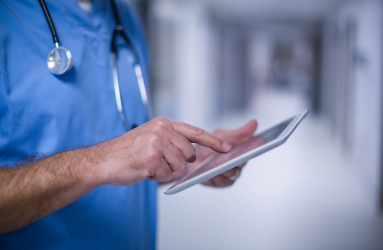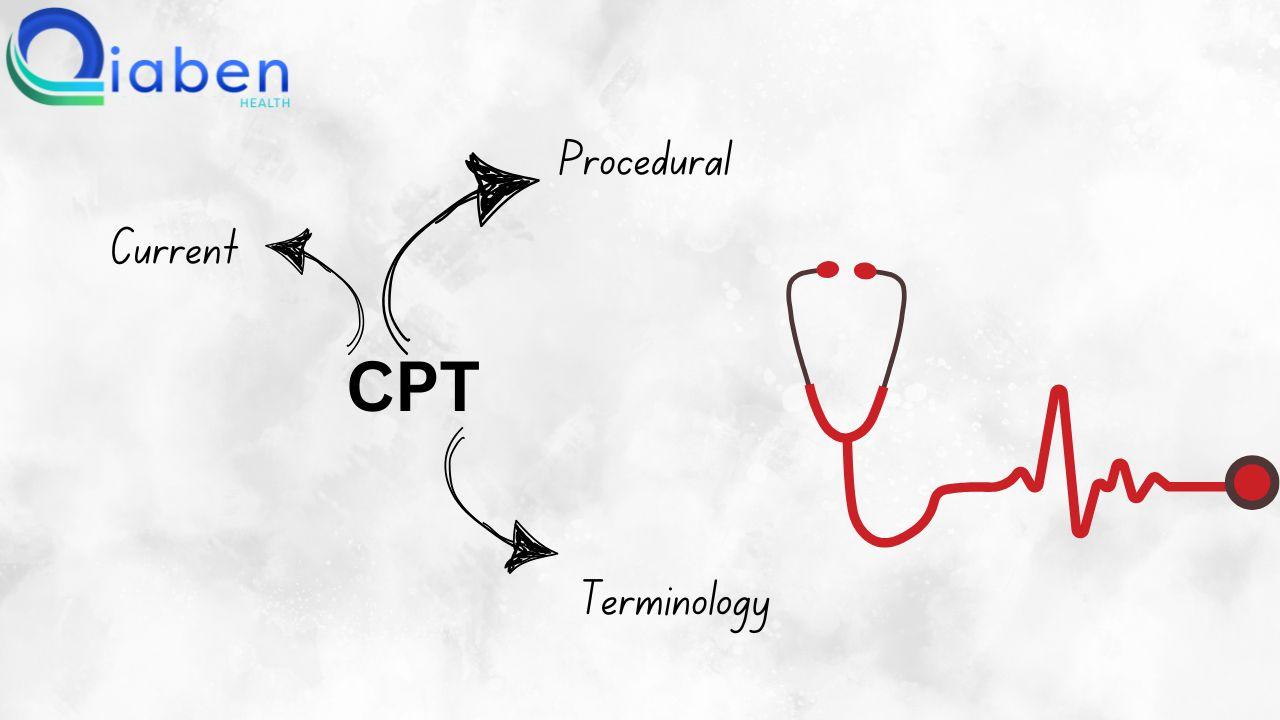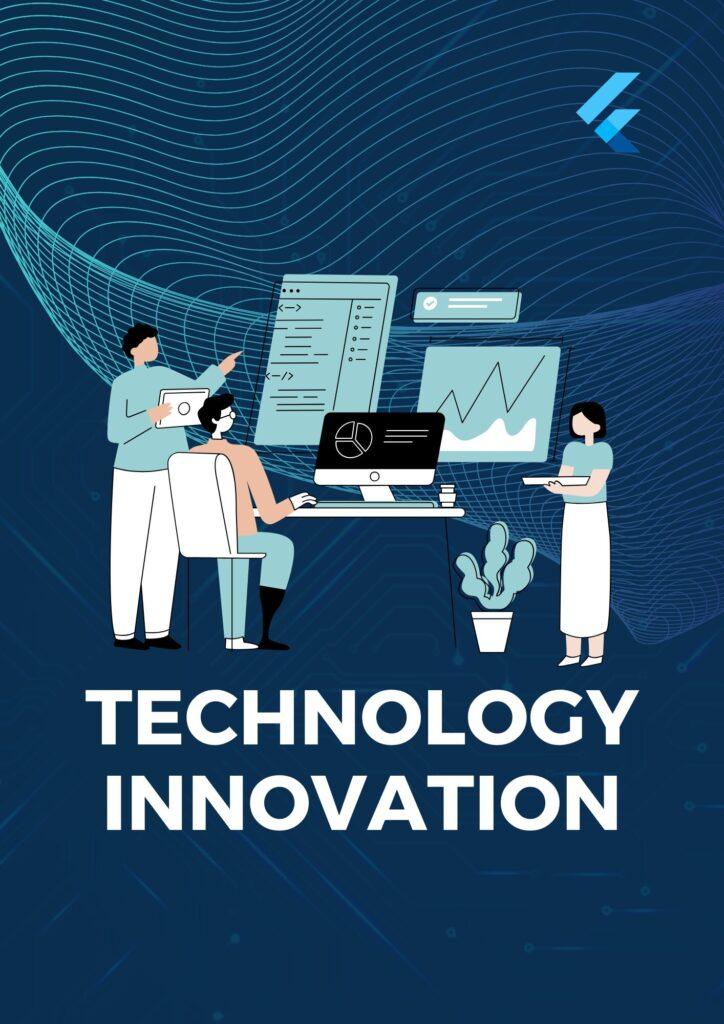
As the dental billing industry increases gradually, especially the landscape of dental billing has undergone a lot of transformation and is driven by advanced technology, increasing the complexity of regulatory requirements. Traditionally, dental billing was used by a manual and time-consuming process to identify the errors, delayed payments, and claim denials. However, now with the help of automated and sophisticated software tools, dental practices are able to streamline billing workflows, reduce administrative burdens, and improve accuracy. The automation system helps to claim the submission faster, with real-time tracking and faster resolutions, which directly helps to practice’s financial health.
Simultaneously, changing guidelines are reshaping the way that dental administrations are charged. New coding frameworks, consistency guidelines, and insurance contracts require steady updates and watchfulness from dental workplaces. Rehearsals should remain informed about advancing principles to keep away from exorbitant punishments or disavowals. The joining of new innovations and a proactive way to deal with administrative consistency are becoming fundamental for works on intending to keep up with smooth charging processes, guarantee ideal installments, and give better understanding encounters. This developing scene features the significance of remaining in front of both mechanical headways and administrative changes to support functional productivity and benefit in dental consideration.
1. The Rise of Automation in Dental Billing:
Automation of dental billing helps to reduce errors, speed up reimbursement times, and improve overall efficiency.
Automating dental claims processing leads to significant cost savings and increased revenue for dental practices by getting them paid faster. By reducing the manual labor, paper usage, and postage costs.
The advantages of utilising computerised charging frameworks are significant. They take into consideration faster case accommodation, continuous observing of guarantee status, and mechanised updates for circle back to neglected claims. This results in fewer deferrals, quicker installment, and a more steady income for rehearses. Also, robotised frameworks let loose staff from authoritative errands, permitting them to zero in more on persistent consideration.
A few dental practices have currently encountered the benefits of computerisation. For example, a few workplaces have detailed a sensational decrease in guarantee refusal rates and a critical reduction in the time spent on charging-related undertakings. These contextual analyses feature how robotisation can upgrade charging productivity, smooth out tasks, and work on the by and large monetary execution of dental practices.
2.Tele-dentistry and Remote Billing:
The ascent of tele-dentistry is changing the way dental consideration is conveyed, offering remotely via audio and video discussions and follow-up organisations. This was changed during the pandemic and opened up new ways to connect patients, dental practitioners, and consultants worldwide. As tele-dentistry turns out to be more typical, charging rehearsals should adjust to oblige virtual administrations, which frequently include different protection codes and repayment structures contrasted with face-to-face care.
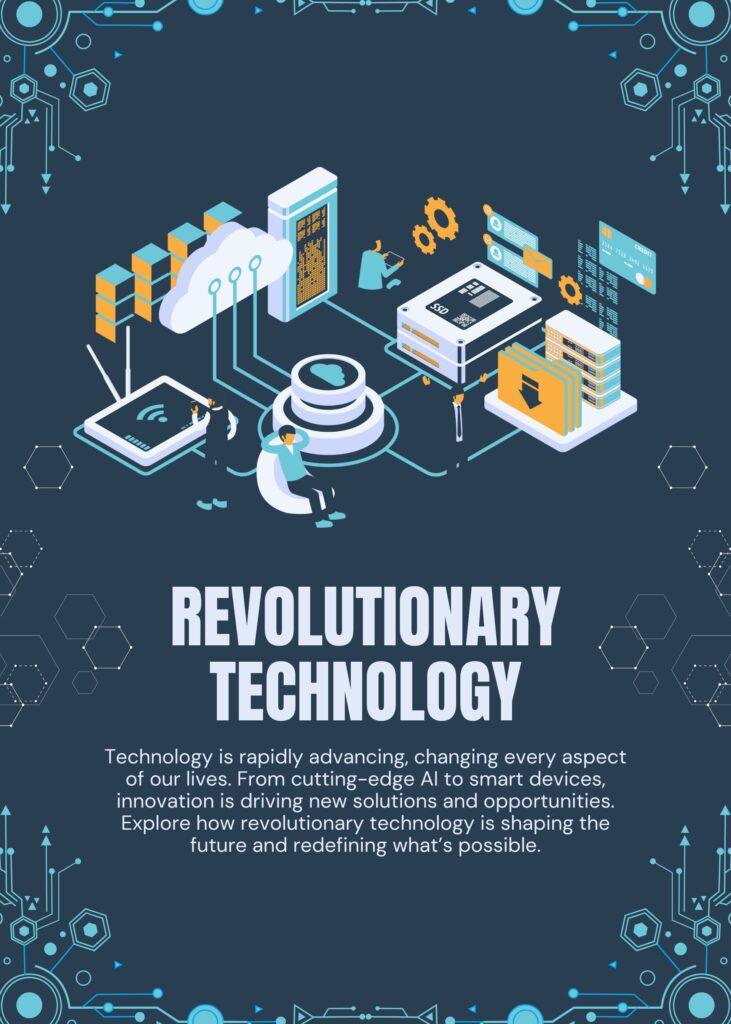
To remember remote administrations for their charging frameworks, rehearsals should guarantee that they are appropriately coding tele-dentistry visits, adhering to explicit rules from backup plans and administrative bodies. This implies refreshing charging programming to deal with remote visit codes and guaranteeing that staff are prepared on the best way to handle these cases. It’s important to speak with the insurance agency to confirm coverage details for tele-dentistry services and policies. To beat these obstacles, dental practices can put resources into tele-dentistry-accommodating charging stages that consequently apply the right codes and smooth out the repayment cycle. Also, proactive correspondence with protection suppliers and patients can assist with explaining the cycle, guaranteeing smoother exchanges and fewer case disagreements. Rehearses that embrace these arrangements are better situated to fulfill the developing need for virtual consideration while keeping up with effective and consistent charging activities.
3.The importance of data analytics billing:
Data analytics is an essential tool for improving billing efficiency and accuracy for dental practices. By leveraging data, dental practices can identify insights in the billing processes and optimise in the revenue cycle. With the help of analytics, we can identify the inactive pinpoints, such as delayed payments and frequent claim denials. The data analytics tool helps to identify the pinpoints and improve the strategies to fix the issues. Following key measurements is essential for further developing charging execution. Significant measurements remember days for debt claims (A/R), which measure how long it requires for a training to get installsment in the wake of charging. Lessening days in A/R can fundamentally further develop income. Another basic measurement is guarantee disavowal rates, which show the level of cases dismissed by safety net providers. Checking this assists rehearses with recognising normal mistakes or issues in their charging entries that might be prompting disavowals. Moreover, patient installsment courses of events—how rapidly patients settle their bills—can uncover regions where better correspondence or installsment choices might be required.
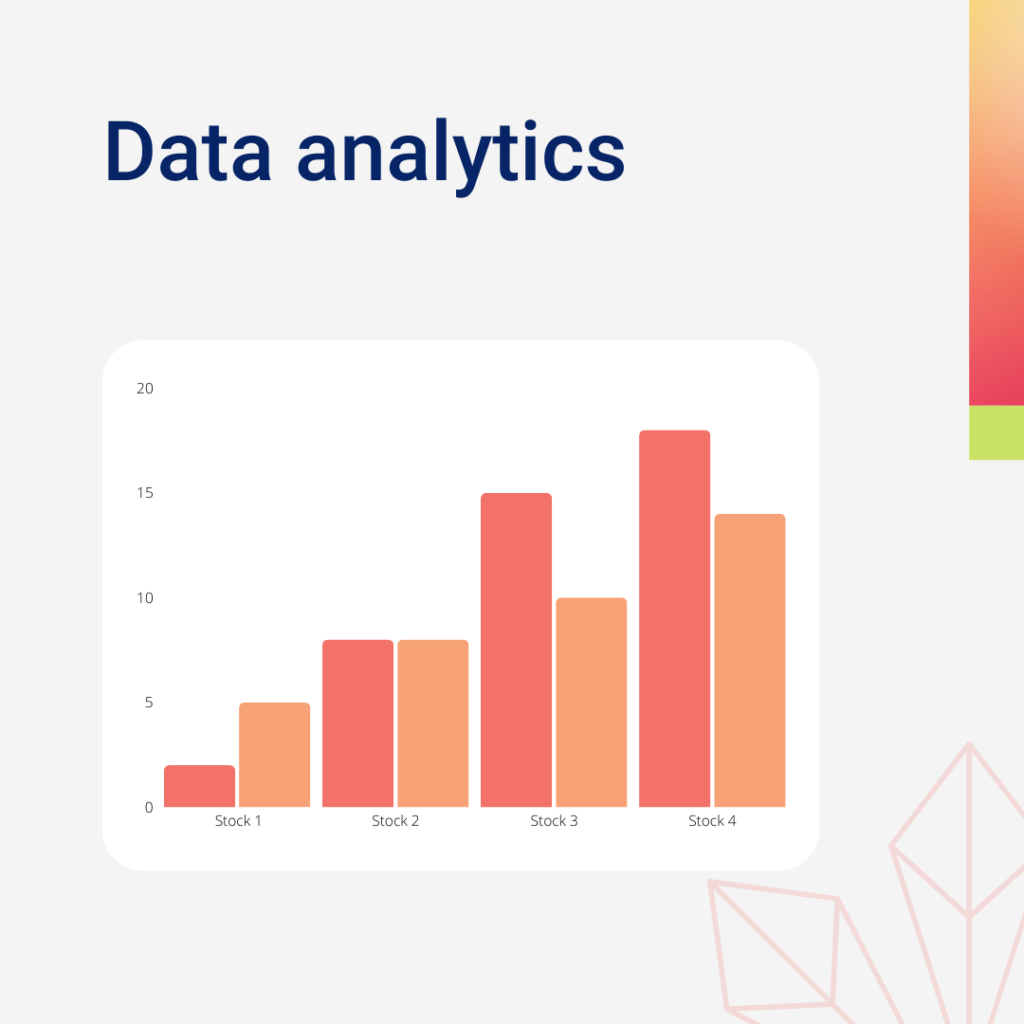
A few instruments and programming arrangements can assist dental practices with bridling the force of information investigation. Practice the executives frameworks and charging programming with worked-in examination dashboards permit clients to follow these critical measurements continuously. These apparatuses can likewise give point-by-point reports and representations, making it simpler for staff to decipher information and make significant strides. By embracing information investigation, dental practices can work on the precision of their charging processes, decrease blunders, and settle on more brilliant monetary choices to improve in general productivity.
4.Regulatory Changes and Compliance:
The dental billing scene is liable to visit administrative changes that influence how administrations are charged, coded, and repaid. Current guidelines, like updates to HIPAA (Medical Coverage Compactness and Responsibility Act) and changes to dental charging codes like CDT (Current Dental Wording), expect practices to keep an elevated degree of carefulness. Furthermore, new guidelines are constantly being presented at both the state and government levels, particularly concerning tele-dentistry, patient information protection, and charging for remote administrations.
Remaining agreeable with these guidelines is vital for dental practices. Inability to agree can bring about serious results, including monetary punishments, lawful repercussions, and the expected loss of insurance policies. Rebelliousness can likewise prompt case dismissals or deferrals, which can disturb income and adversely influence the training’s monetary wellbeing. Rehearses should guarantee that their charging cycles and programming are in the know regarding the furthest down the line lawful necessities to keep away from such dangers.
To stay aware of administrative changes, dental practices can depend on various assets. Online classes, presented by proficient associations like the American Dental Affiliation (ADA) or the Medical Care Consistency Affiliation (HCCA), give ideal updates on new guidelines and consistency techniques. Proficient associations and industry distributions likewise offer significant bits of knowledge, as well as systems administration open doors where practices can share tips and encounters. By using these assets and remaining educated, dental practices can guarantee their charging processes stay agreeable and effective, keeping away from exorbitant punishments and disturbances.
Conclusion:
In summary, the future of dental charging is being formed by key patterns, for example, computerization, the ascent of tele-dentistry, the utilisation of information examination, and developing administrative necessities. These developments are driving more noteworthy proficiency, exactness, and versatility in charging processes.
For dental practices, it’s vital to embrace these progressions to stay cutthroat and guarantee smooth income cycles. By taking on new advancements, remaining agreeable with guidelines, and utilizing information, practices can streamline their charging tasks and improve generally monetary execution. This is the ideal opportunity to adjust and improve for an additional smoothed-out and fruitful future.
